Gear
What Will I Need to Start Flying?
Over the course of your training some gear will be required. There are a required things, and other “recommended” pieces. This list is assuming you are just starting out flight training, with no prior experience, and will be training in the most popular training aircraft: Cessna Skyhawk 172.
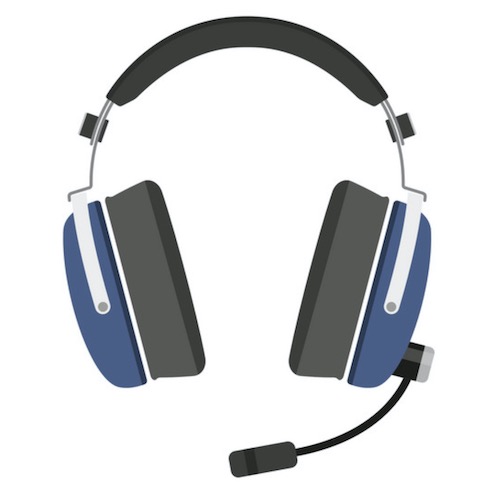
Aviation Headset
There are many headsets to choose from, ranging from the lowest end budget options starting at about $170, all the way up to the top of the line commercial headsets that will set you back around $1,100. My recommendation is to start by purchasing a cheap set that will last you a few years. This will allow you to determine whether aviation is something you will commit to long term. When you do decide to upgrade to a nicer headset, your cheap pair can be used as a backup set, or a pair you can lend to a friend or partner. On the low end, Kore Aviation’s KA-1 Headset costs $170 on Amazon. This headset will last you several years without any issues, but is on the weightier/clunkier side, and lacks any real technological features. The most popular budget headset model is the David Clark H10 series headset. You can find this headset on Amazon for around $340. This is the budget offering from one of aviation’s most iconic brands. While this headset offers little more in terms of features than Kore’s offering, you will receive a far superior warranty, customer service, and a headset steeped in American tradition. For a mid-range offering, many pilots swear by Lightspeed Headsets. The Lightspeed Sierra model will welcome you to the big leagues with ANC (Active Noise Cancellation), which is a welcome feature when flying small prop engine planes for hours on end. The king of the headset market is undoubtedly the Bose A20 ($1,100), the standard for commercial and GA pilots alike. However, David Clark has been making ripples in Bose’s saturated market recently with their DC ONE-X ENC headset ($890), which boasts the same specs as Bose’s A20, but for a lower price and “Made in America” pride. You really can’t go wrong with either set.
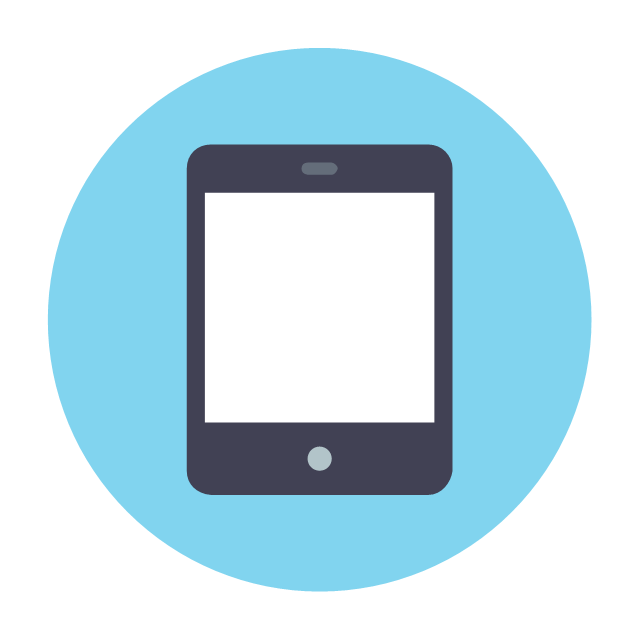
Apple iPad Cellular Version
The resources a pilot uses have changed dramatically over the last decade. You wouldn’t believe the difference in flight deck resources from just seven years ago and now. While there are competitor’s out there, the industry standard in electronic flight bags in general aviation is ForeFlight. In order to run ForeFlight you’ll need the Cellular version of Apple’s iPad. Doesn’t have to be a brand new shiny iPad, a couple generations old model will work juts fine, as long as it’s the cellular version. You don’t have to have a cellular subscription in order for firelight to work, you just need that particular model. The cellular model contains a GPS chip while the wifi only model lacks any such feature. The GPS chip will work splendidly whether you have an active SIM card installed or not. And for you Anti-Apple folks out there, I’m sorry to tell you that ForeFlight only develops for iOS. You’ll need to give up the droid while you fly.
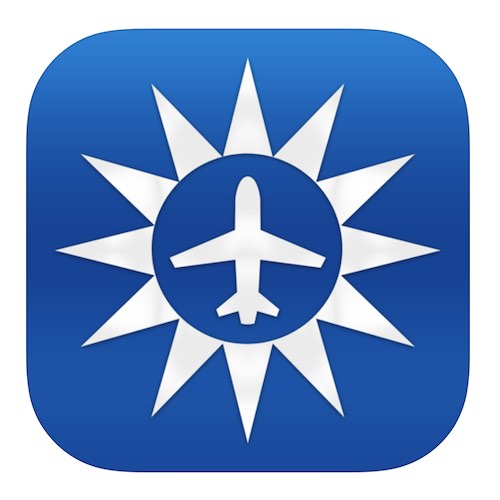
ForeFlight Subscription
As mentioned above, you’ll need to have a ForeFlight subscription during your PPL training. The basic version will be fine, which will run you around $200 per year. This cost is nothing compared to how much it used to cost to update every paper chart, AFD and more every time they expired.
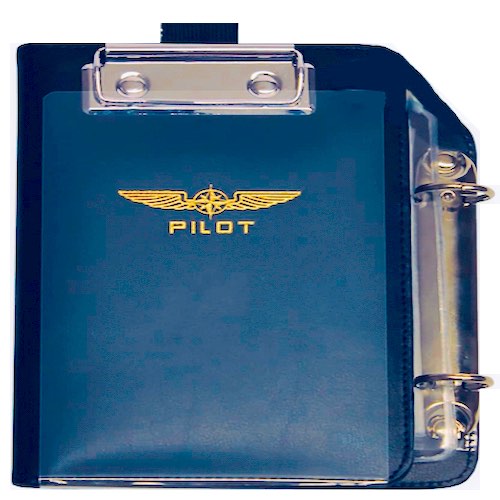
Kneeboard
There’s no need to purchase this right away, but once you have some experience in a plane, you’ll want to determine how you want to organize your resources in the cockpit. This will more than likely look like a kneeboard. This is a metal board that straps to your leg while you fly so you can keep a notepad, pen and even your iPad from flying away during turbulence. These usually run between $10-$40 on Amazon.
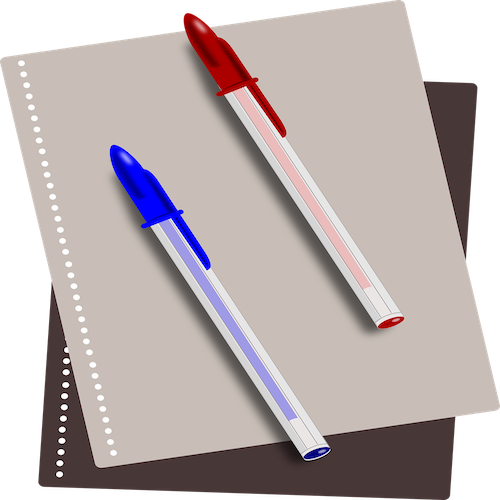
Pen & Paper
While some pilot’s have moved exclusively to writing on their iPads during flight, many still prefer a pen and paper for quick note-taking. This usually boils down to trying both and seeing which you prefer. In any event, remeber that preparation is a central them in the life of any pilot; so always have a pen and small notepad with you, just in case your iPad goes down mid-flight. It happens.
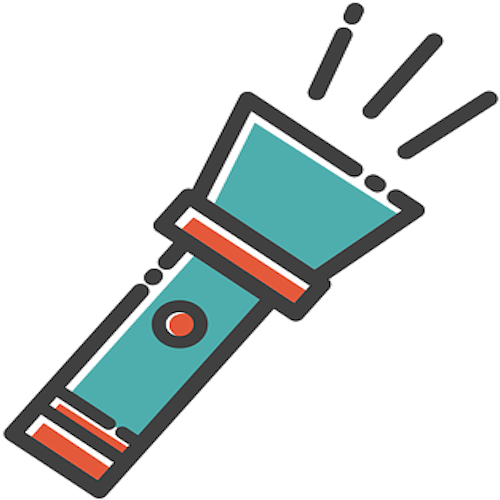
Flashlight
No need to get this right away, but you’ll need to have some kind of low-lumen flashlight for your night flight training. A model with a sub 2 lumen mode (often referred to as moonlight mode) is highly recommended. A fantastic budget friendly option would be the ThruNite Ti3, which runs $16 on Amazon. This light features a sub 1 lumen output on the lowest setting, which is perfect for cockpit operations during night flights. It outputs 120 true lumens on the highest setting, more than adequate for pre-flight inspections at night.

Private Pilot’s License ACS
The Airman Certification Standards (ACS) are the guidelines to which your training must be held. Every maneuver you practice, ground lesson you learn or question your instructor asks you are all based on the ACS’s training requirements. If you want to know what will be asked on your oral exam, or what maneuvers you’ll perform during your practical test, just look at the ACS. This can be found as a PDF on the FAA’s website. Your instructor should take you through the entire ACS at some point during your training. If they don’t, make sure to ask!
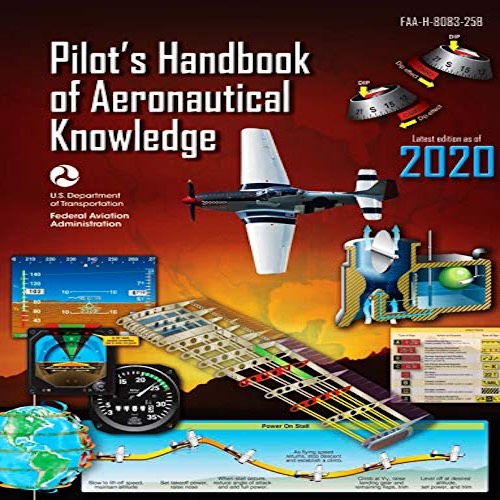
Pilot’s Handbook of Aeronautical Knowledge
The PHAK is one of the two main books published by the FAA that will help you learn the ground knowledge required to become a pilot. You can begin your ground study now by purchasing a copy from Amazon, downloading a free pdf copy from the FAA, or purchasing a version from iBooks. However you decide to get your hands on a copy, do it soon, this book ain’t thin.
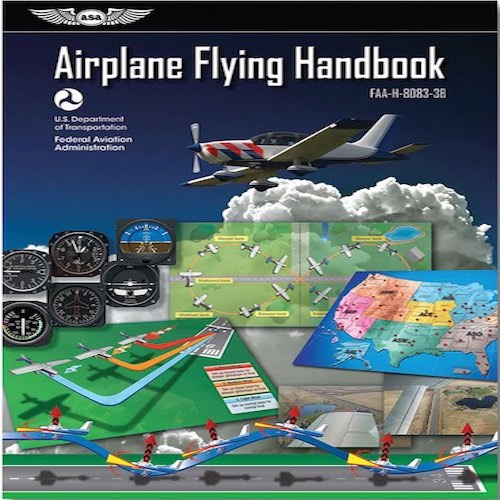
Airplane Flying Handbook
The AFH is just as important as the PHAK. As the name suggests, this publication focuses on the hands-on elements of becoming a pilot. The AFH teaches how to fly the plane, while the PHAK teaches the theory of why flying works. You can find this book anywhere the PHAK can be found.
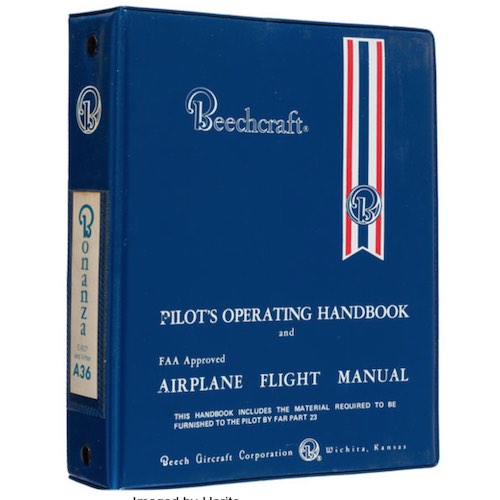
Pilot’s Operating Handbook
The Pilot’s Operating Handbook (POH) is the pilot’s equivalent of the owners manual in your car. Except that while the vast majority of car owner never read their owner’s manual, every pilot must read and be intimately familiar with their POH. Each plane has it’s own POH, but most are based on a series of serial numbers or sub-types, so you can typically find a copy of your POH as a PDF online. However, any PDF copy of a POH is just that: A copy. Only an original paper POH will contain the critical Weight and Balance information crucial to the safe operation of your specific aircraft. Your instructor will help you find your aircraft’s POH, and all relevant information.
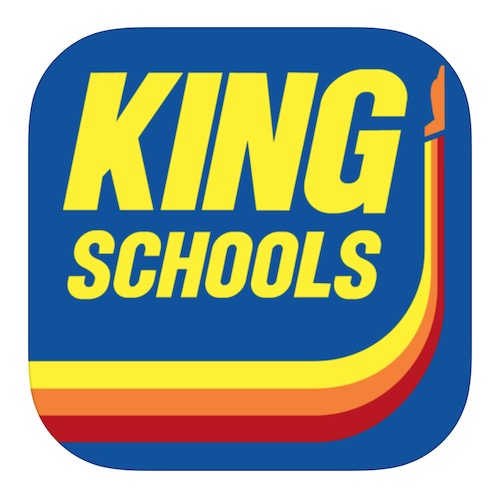
King Schools Training Course
While there are many alternatives to this particular course, you’ll need this one (or one like it) to complete your PPL training. King Schools has been a part of the aviation community for decades, and is a surefire way to beef up your ground knowledge for your written and oral exams. This course in particular is an online training series of videos and mock-tests that ensure your ground knowledge is complete before you finish your PPL training. If you’d like to consider a different course, check with your instructor before you commit to the purchase.
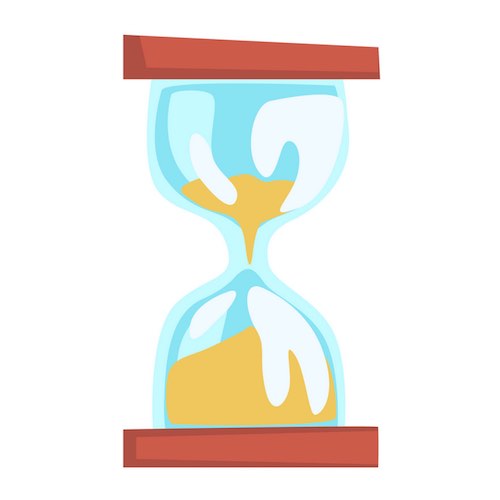
Patience
Even if you’ve got “natural” skills, you can’t learn to fly overnight. Take some time to count the cost, recognizing that this is going to be a journey, not an event. Today there are approximately 600,000 pilots in the USA, which is less than 0.002 percent of the population. By comparison, the number of licensed drivers in the US is roughly 227,000,000, or 70% of the population. Driving a car is easy! Flying a plane is not; in fact, most significant endeavors are hard. Getting your pilot’s license truly is a big deal, and worthy of celebrating. Keep that in mind as you move forward into this (or any) flight program.
